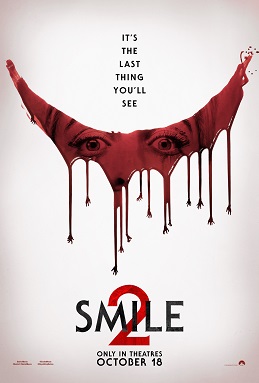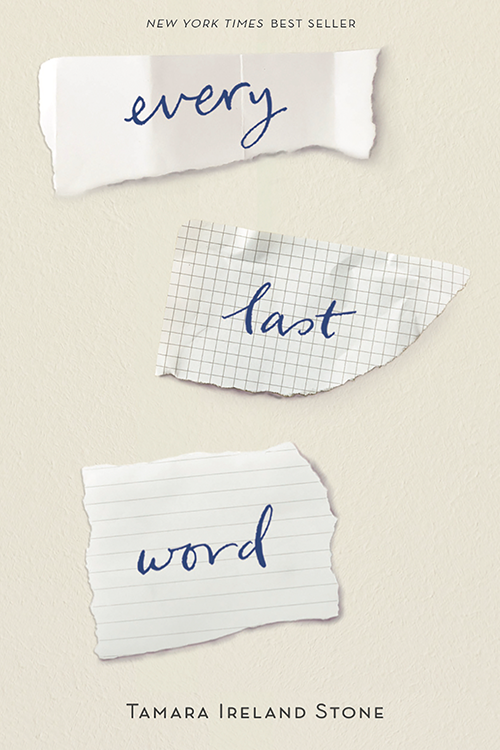Hardcore gamer, or casual player. Stealthy assassin or all-out juggernaut. Whatever your playing style is, Dishonored is one game you should play. The game allows some major flexibility in how you wish to proceed and take on each mission. You can either go all out and kill anyone and everyone in your path, or you can take a more cautious approach, keeping to the shadows until the time arises to strike. Arkane Studios and Bethesda teamed up to make an amazing game, and they succeeding in producing a game that is incredibly individual and allows player a totally new gaming experience.
The gameplay isn’t bad. Nothing seems to be missing from the game itself. The story is cohesive and engaging; it actually starts at a pretty fast pace, with the main conflict being introduced within the first ten minutes, rather than having a bunch of boring background right up front. You play as Corvo Attano, who is accused of killing the Empress and abducting Lady Emily, heir to the throne. You break out of prison, and then undertake a mission to prove your innocence and avenge your name. However, the story is very straightforward, and there is really only one major plot twist. However, this doesn’t alter any of the major gameplay afterward; most of the events are based upon chaos and previous events. Despite this, the story progresses past where one might think it would end, which is a welcome surprise.
Dishonored also features an original setting: something that feels very steampunk, or a kind of Victorian England melded with a bunch of steam-powered futuristic technology. Dishonored is essentially the first major game that explores this frontier. This subgenre of science fiction offers a totally new feel to video gaming, and it is utilized by designers in such a way that makes the video game look both futuristic and old-fashioned.
The diverse methods of gameplay are something that really makes Dishonored unique. With each mission, you will be given a choice: you can either assassinate your target, or you can find a non-lethal way to deal with him/her. There are also countless ways of achieving either goal. You can go through each mission, leaving carnage and destruction in your wake, causing as much chaos as possible, or you can be a ghost, entering and leaving unseen. It is this diversity in approaches that makes Dishonored an innovative game.
One of these new, unique features that Dishonored introduces is the Chaos Ranking. Put simply, this measures how many people you kill, how many explosions you cause, etc. and towards the end, it will come back to harm or help you. At the end of each mission, the game will inform you of your overall chaos. When a player gets high chaos in a mission, the next mission gets harder, with more enemies on higher alert, dealing more damage as well as taking less. Near the end of the game, this can really play a major role in whether or not it is just another mission or an impossible struggle.
Additional, for those of you who are achievement/trophy seekers (like myself), the game does an excellent job of throwing in some nearly impossible ones, such as one for completing the game without killing a single person. It also does a good job of making it extremely difficult to get them all in one go-round, such as completing the game with no powers aside from Blink. This offers plenty of opportunity for trying various strategies, and warrants a few play-throughs. While it may seem somewhat inconvenient, it offers a reasonable, fun challenge for both novice and experienced players.
However, among the game’s few drawbacks is its lack of weapon/ability selection and customization. The game does offer an array of weapons and abilities to choose from: a gun, a crossbow with three kinds of ammo, a possession spell, and a short-range teleport spell to name a few. However, the sword is indefinitely equipped in the player’s right hand. There is no way of changing this like there is changing the item/ability of the left hand. At the beginning of the game, this doesn’t seem to be a problem. However, once spells and abilities begin to play a role, it isn’t exactly convenient to have to rapidly switch from one spell to another if you wish to use them in quick succession.
Just because there isn’t massive diversity doesn’t necessarily make the combat bad. However, this doesn’t mean that fighting should be entirely avoided. On the contrary, there are many different combinations of powers that can be used with the sword for some incredibly effective combos. One of these that I discovered was using Blink and the sword to take out a Tallboy. Tallboys are soldiers on large, metal, mechanical stilts that shoot incendiary arrows at the player; in other words, one of the harder enemies in the game. But with the Blink power equipped in the left hand and the sword in the right, you can take them out without a whole lot of trouble, provided your aim is decent. Simply Blink above the Tallboy, and quickly use your blade to perform an air assassination.
All things considered, the game has few major flaws. Most problems (and there really aren’t that many) are minor, nit-picky things that don’t truly hinder it in any way. The game offers a substantial plot, a new, innovative style of play, and a diverse way to approach it. Visually, the game is nothing special. Granted, it provides a new steampunk ambience that has never really been explored by a video game. However, they game doesn’t offer any particularly amazing graphical innovations. But if you immerse yourself in the gameplay, the graphics don’t hurt it. While there are some things that could be fixed, these things don’t yield a negative gaming experience. This game is definitely a must buy for anyone who enjoys stealth games or RPGs.






